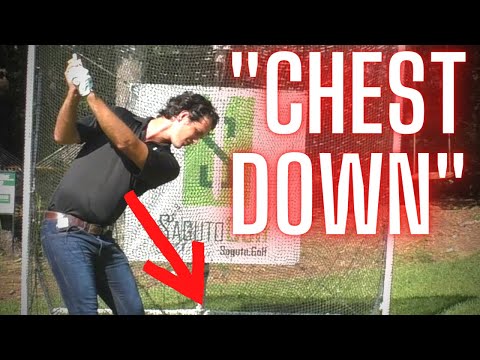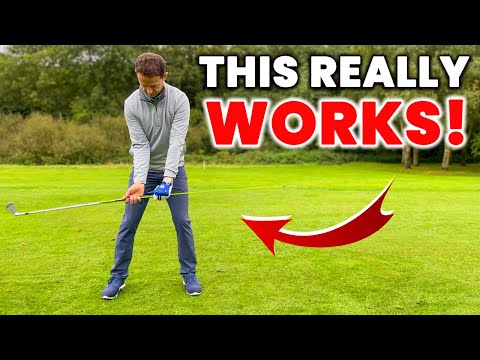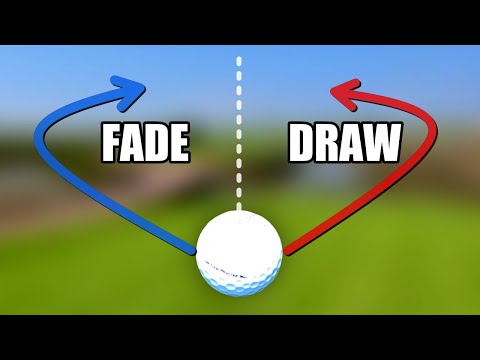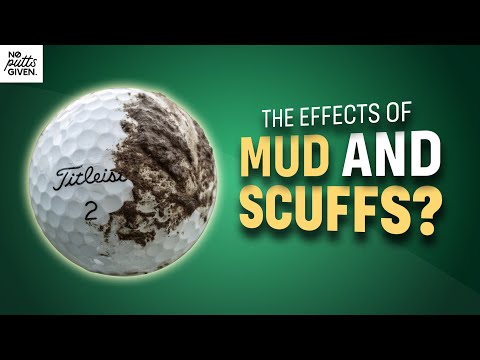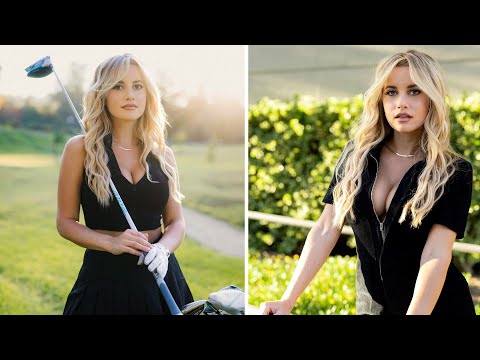Hit Your Irons More Solid With These Shoulder Feels
**Get additional free videos from me exclusively at
**Sick of that steep downswing ruining you game? I finally put together a step-by-step program to shallow your downswing! Get my SHALLOW YOUR DOWNSWING MASTER CLASS at:
_____________________
If you haven’t yet, be sure to Subscribe to Eric Cogorno Golf on YouTube and click the notification bell.
For online lessons, you can email me at ecogorno@yahoo.com.
For premium content, visit
Here are links to some of our favorite golf training aids:
-Tour Striker Smart Ball:
-The Callaway Chip Stix:
-The best golf training aid I’ve ever seen ( just got better! The folks at Live View Golf just introduced their LiveView+PLUS. You can check out the new features here and use the coupon code ECGOLF to get $40 off your purchase!
And you can learn more about our bestselling SLICE FIX TRAINING PROGRAM at
_____________________
The main point I want to get across In part number one of this video is how your shoulders tilt during the backswing affects how your takeaway and backswing are going to look.
If I make a normal backswing, my shoulders should have some tilt to them. My left shoulder should be lower than my right shoulder.
If you make a backswing and you turn really flat – your left shoulder is either even with your right shoulder or very low, or slightly lower – it presets some backswing motions. When I turn back really flat, it presets my arms and hands working away from my body and it presets a good amount of forearm roll, which gets the club inside.
The opposite is also true. If I make a backswing and I tilt my left shoulder down more, it’s easier for me to get my hands more in and it’s also easier for me to not have as much forearm rotation.
We have other videos about fixing the hands and forearm roll, but you may have a hard time fixing it with just the hands because the shoulders are a part of it too.
When you go back and you have too much forearm rotation or hands go out and club rolls, the back of your left hand will be pointed too far towards the sky. Your elbow will be pointed too far outside of the ball and the face will be open.
When you get your left shoulder more down when you go back, you’ll notice the opposite of that. When I get the shaft more vertical, the back of my left hand is more pointed out and my elbows are pointed more down towards the ground.
In part number two of this video, I want you to understand the way your right shoulder works during the downswing can have a big impact on your ball pattern.
I always used to watch Tiger Woods when he was in his prime and how he would hit a draw versus a fade. I used to always notice a big difference in this shoulder tilt. His right shoulder would be really high into his follow through when he hit his draw. So, I started to play around with that. Every time I make my right shoulder really high, it’s easy for me to hit a draw.
Being the smart guy I am I thought, well, if my right shoulder is really high to hit a draw, what if my right shoulder works really low? Will that help me hit a fade? And it did help me hit a fade.
A higher right shoulder in your follow through will help the ball curve right to left a lower right shoulder during your downswing.
The most important takeaway from this video is If you have backswing issues, you have to look at those backswing shoulder tilts I mentioned. If you’re more towards flat, you have to make your left shoulder go lower. Those backswing pieces with your shoulders are super important.
_____________________
Follow and Like us at:
#ericcogornogolf
**I may earn a small commission for my endorsement, recommendation, testimonial, and/or link to any products or services recommended on Eric Cogorno Golf sites. Your purchase helps support my work in bringing you free content to help you learn about golf and improve your game. My goal is to help people through my experience so I will not recommend a product or service unless I’ve
1) Used it personally. (which will be the case the vast majority of the time)
2) Thoroughly researched it and gotten first-hand user feedback from other professionals I trust and that have used the product/service.

